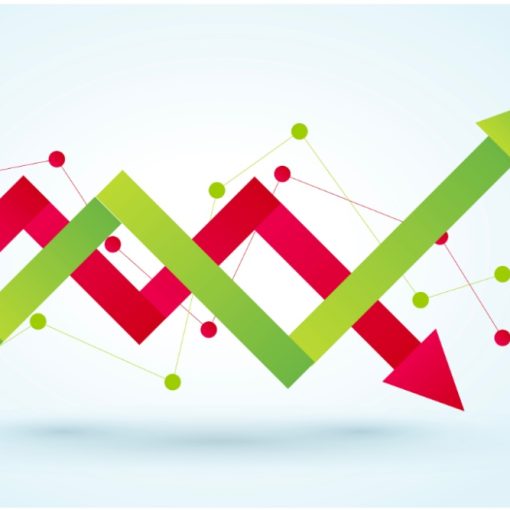by Michael Tarsala
I’m not exactly crying for these guys. But it’s damn tough to be an investment manager right now.
On top of the normal research, investment and allocation processes, money managers also need to factor in what government leaders in the U.S, Europe, and to a lesser degree even China will do to aid the economy and/or prop up the worst global banks — possibly juicing stocks and other assets in the process.
If things are perceived as bad, that’s good. Governments are more likely to intervene.
If things are perceived as good, that’s not good — at least as it relates to the chance for stimulus.
More support of another round of quantitative easing (QE) from the Fed has been heard in recent days. Fed President Charles Evans seems to be on board, joining #2 Fed official Janet Yellen and others — although who knows if a few positive economic data reports would change their minds.
I talked to three Covestor managers this week about the QE3 conundrum in particular, and how they are dealing with it in their investment models:
Bill DeShurko, Dividend and Income Plus model:
QE3 is something that we’re looking at.
But one way we manage that volatility is to take a position in high-yield bonds through the High Yield SPDR (JNK) as part of the model. Right now, we have a 20% short position in it.
Now if we did have a QE announcement or we felt there was a strong likelihood, we would take the JNK and move that to cash, as a semi-defensive position.
But at this point, I am not sure what else governments can do.
We haven’t even talked about China, and China desperately needs to re-inflate its economy. As the saying goes, China doesn’t have elections, it has revolutions. And China has a huge, young male population, which is never a good thing. So the potential for unrest is very large there.
At some point, though, all these re-inflations run out of steam. If you have China reflating, then can you also have close to a trillion dollars in bank bailouts to get the European banks solvent, and also QE3? And still keep interest rates chained in?
I’m not sure what else the Fed can really do. The Federal Reserve is buying over half the Treasuries being issued right now anyway.
Michael Arold, Technical Swing model:
QE 1, 2, 3 or whatever does not come by surprise.
The market is a discounting mechanism. So sometimes, but not always, it anticipates fundamental events.
QE2 was a great example. The markets started rising on the rumor two months before QE2 was actually announced. So it was a classic buy the rumor, sell the fact event. When it was announced, the markets actually sold off some.
So we may see a similar reaction with QE3, or whatever future QE there is.
The intermarket relationships are going to give us cues as to when the market might anticipate QE3.
Right now, I do not see that a QE3 likelihood is really reflected in the markets. We do not see the dollar weakening. We do not see gold going up in the past month. And that is what I would expect to see if there was a better-than-average chance of more QE.
But I am watching gold closely, and the Gold SPDR (GLD). It’s at a very interesting spot right now. It’s either going to move pretty big to the upside or downside. When it starts to make its move, I will likely take that trade soon.
Bob Gay, Earnings Surprise model:
What interests me about the purchase of securities by the Fed is that we have been at this now for three years. So it seems to me the likelihood of the Fed becoming so concerned about inflation that they will let the system sink is extremely low.
It’s clear from what’s going on in European community now is that liquidity is the issue. More importantly though, is the scant support that the financial reinforcement provides for borrowers. Sure, there’s been this big influx of cash, but it’s still pretty tough to get a loan. As far as lending, banks are still stuck in neutral.
And as long as that’s the case, you’re not going to get the kind of acceleration in investment that has routinely lifted us out of these kinds of downturns.
 QE3 is something that we’re looking at.
QE3 is something that we’re looking at. QE 1, 2, 3 or whatever does not come by surprise.
QE 1, 2, 3 or whatever does not come by surprise. What interests me about the purchase of securities by the Fed is that we have been at this now for three years. So it seems to me the likelihood of the Fed becoming so concerned about inflation that they will let the system sink is extremely low.
What interests me about the purchase of securities by the Fed is that we have been at this now for three years. So it seems to me the likelihood of the Fed becoming so concerned about inflation that they will let the system sink is extremely low.

